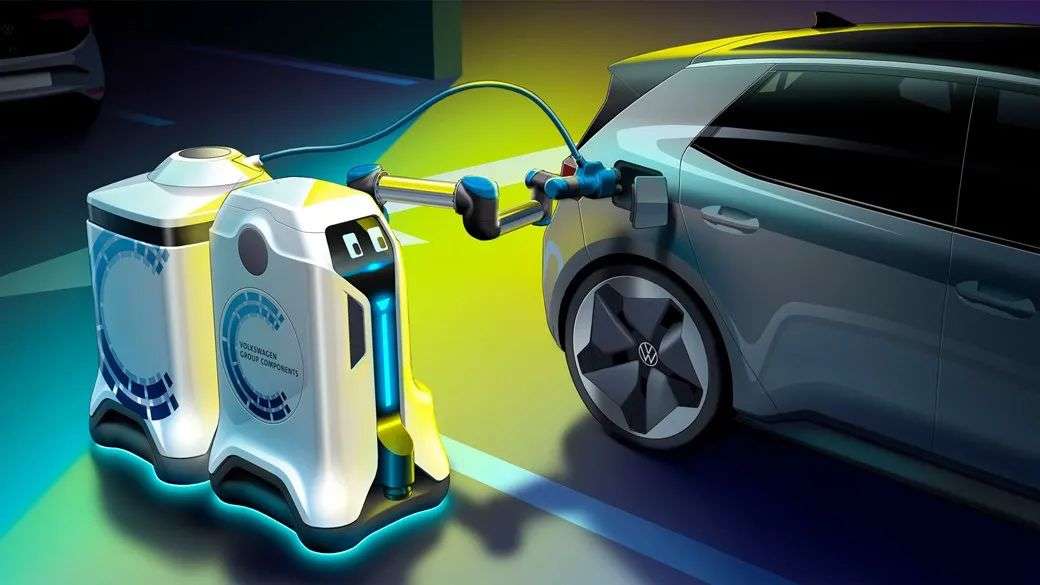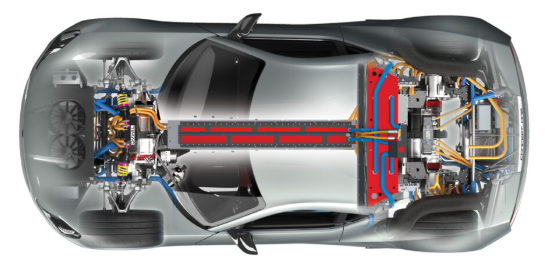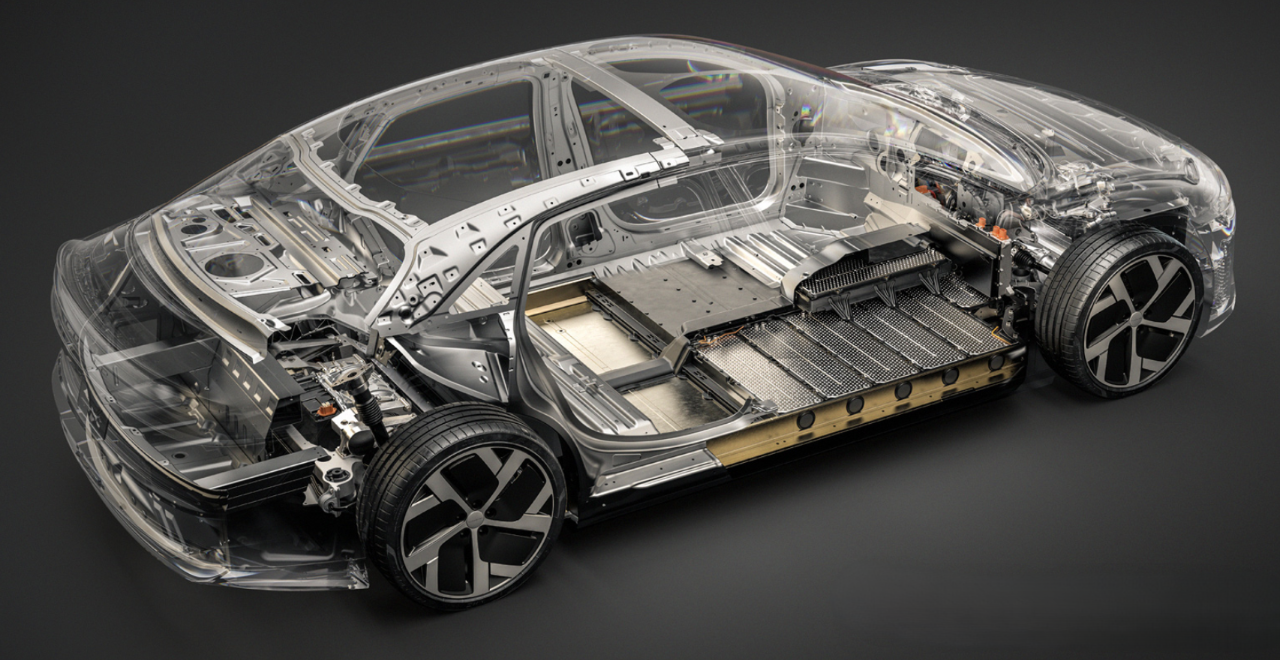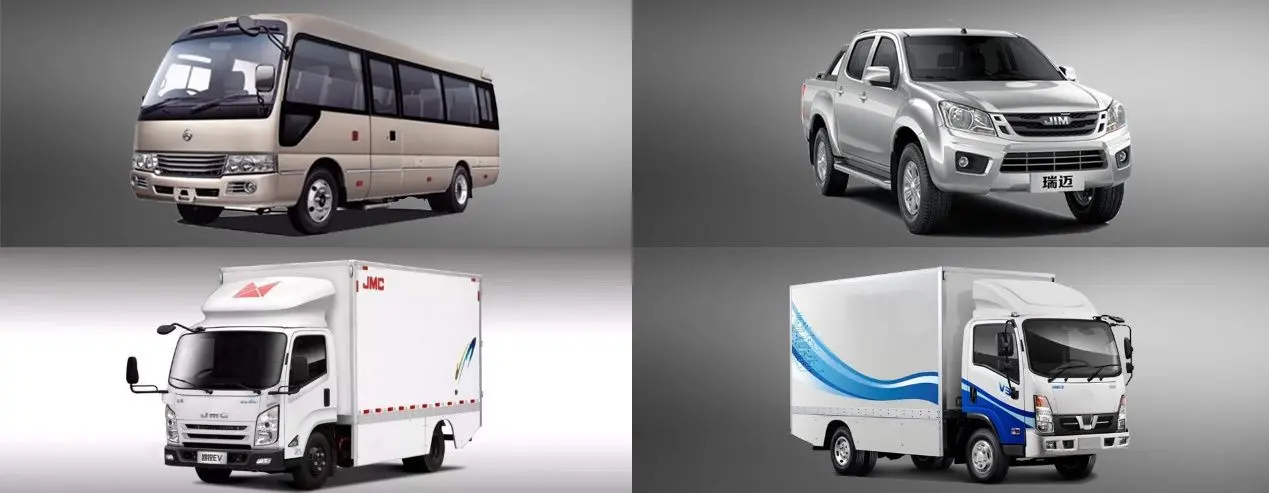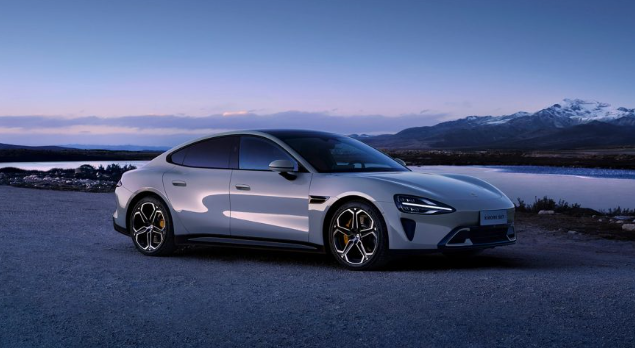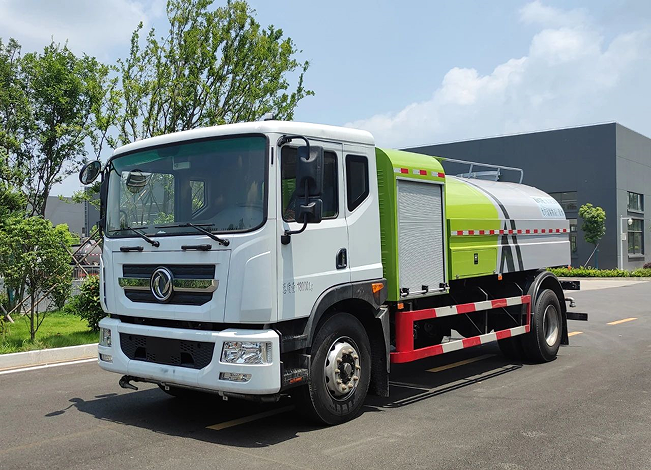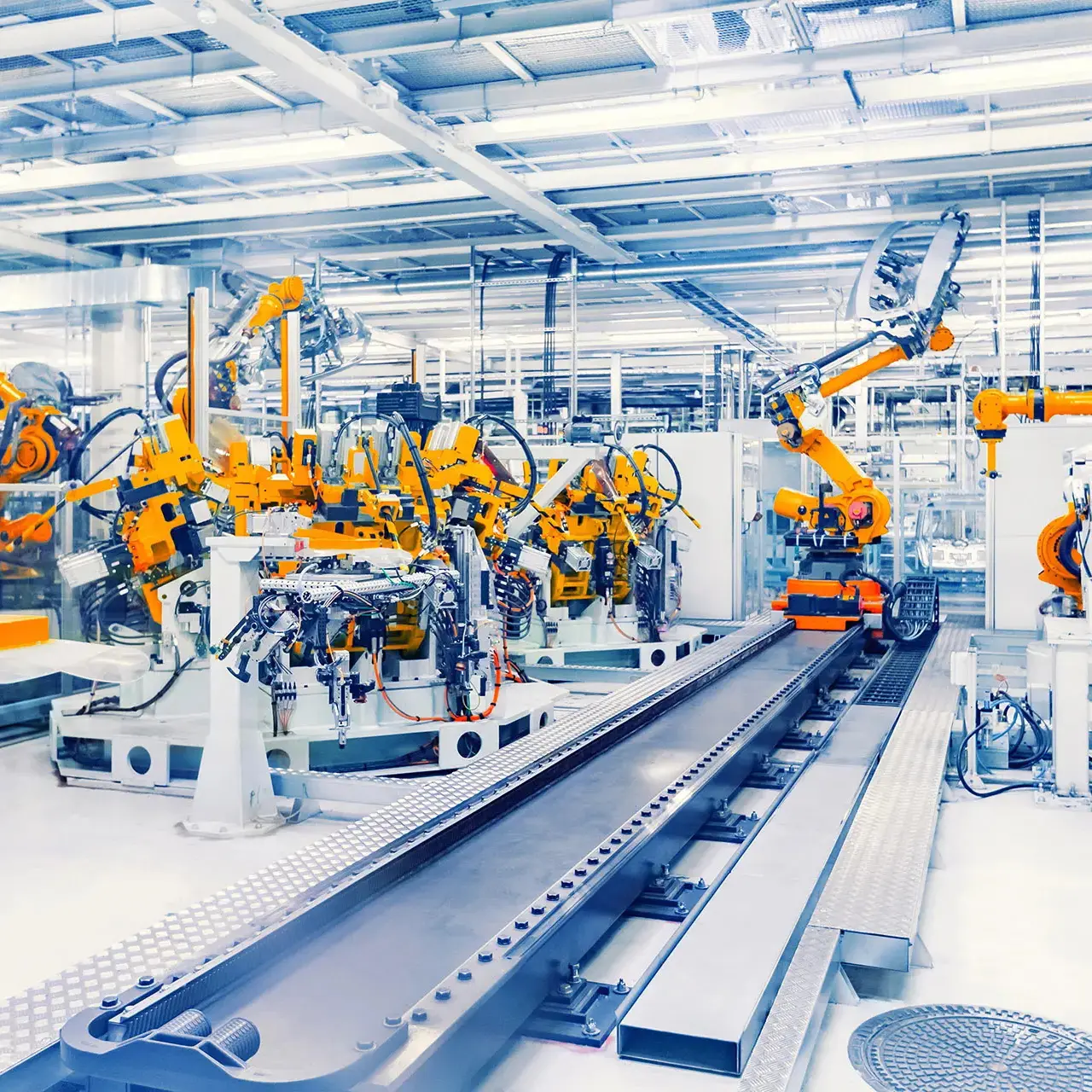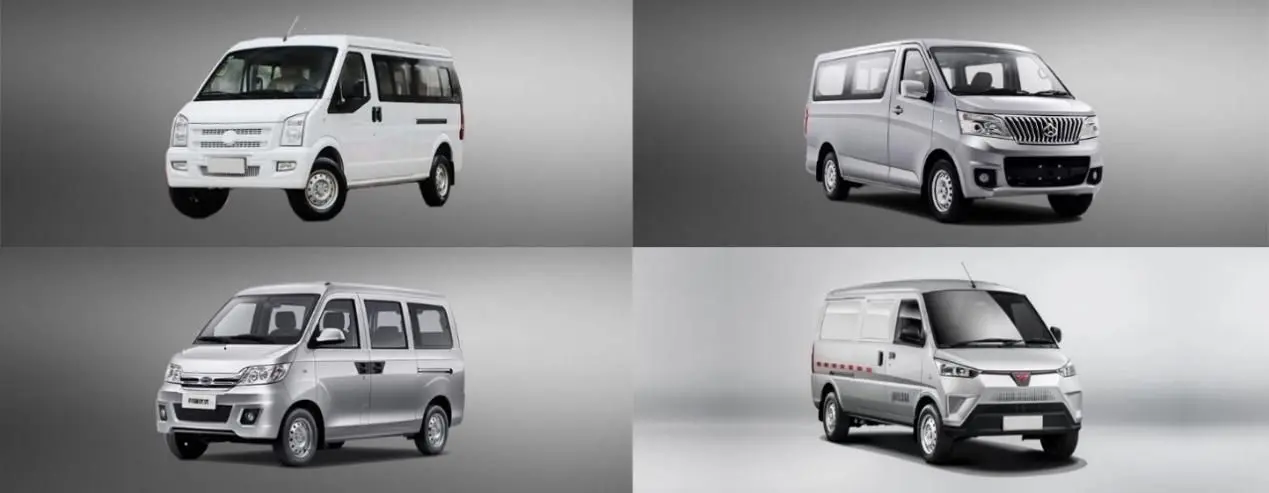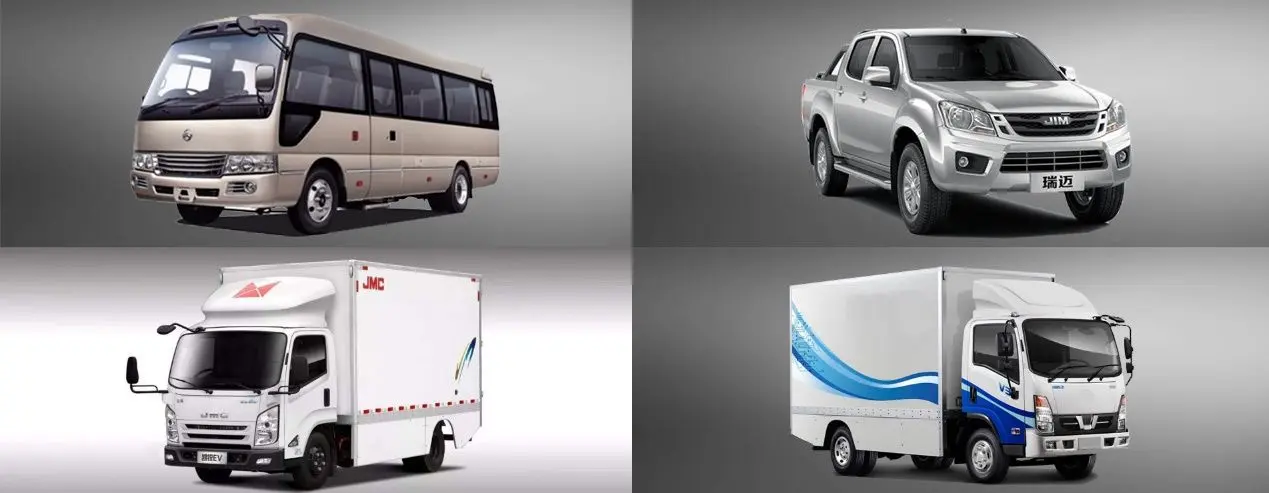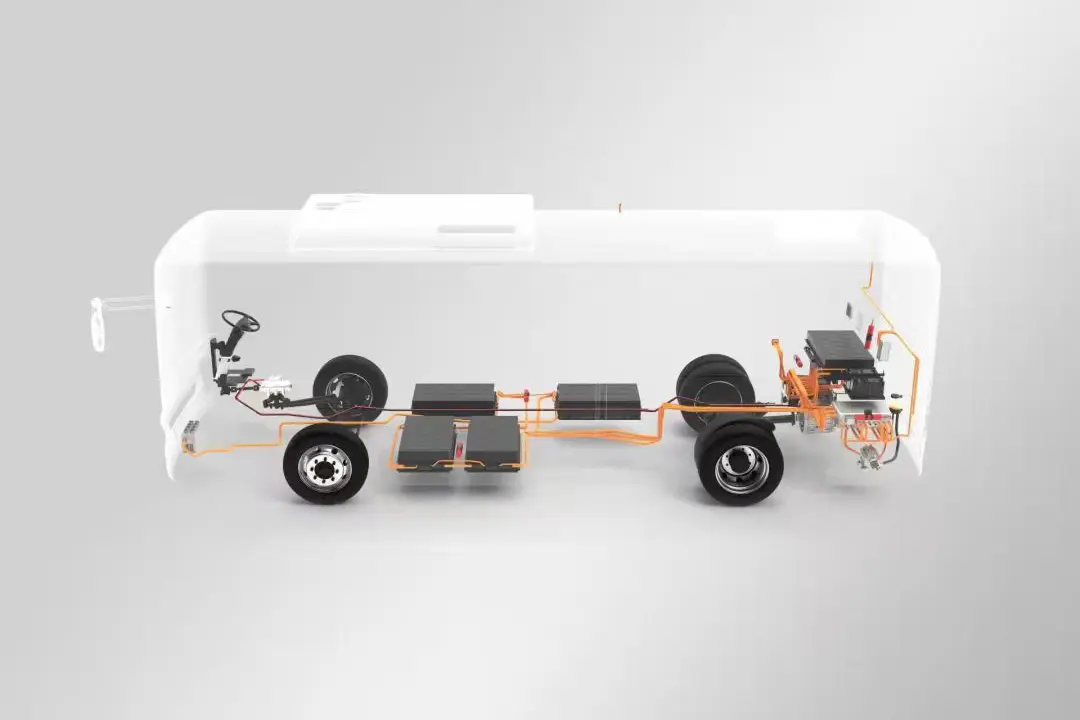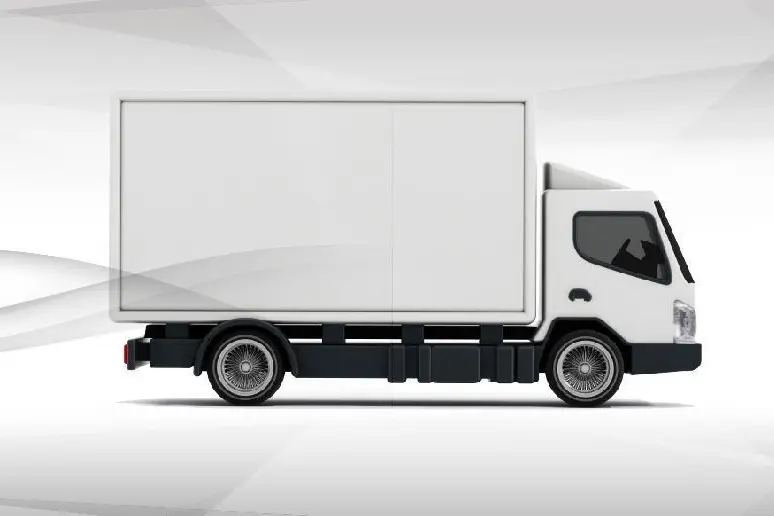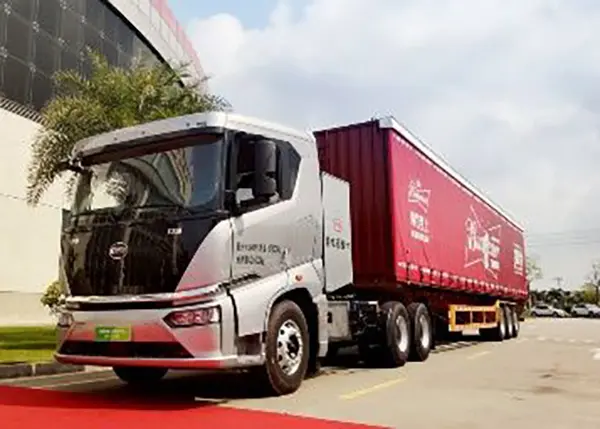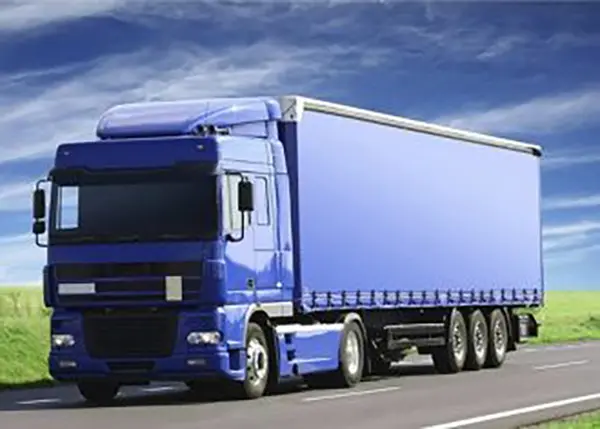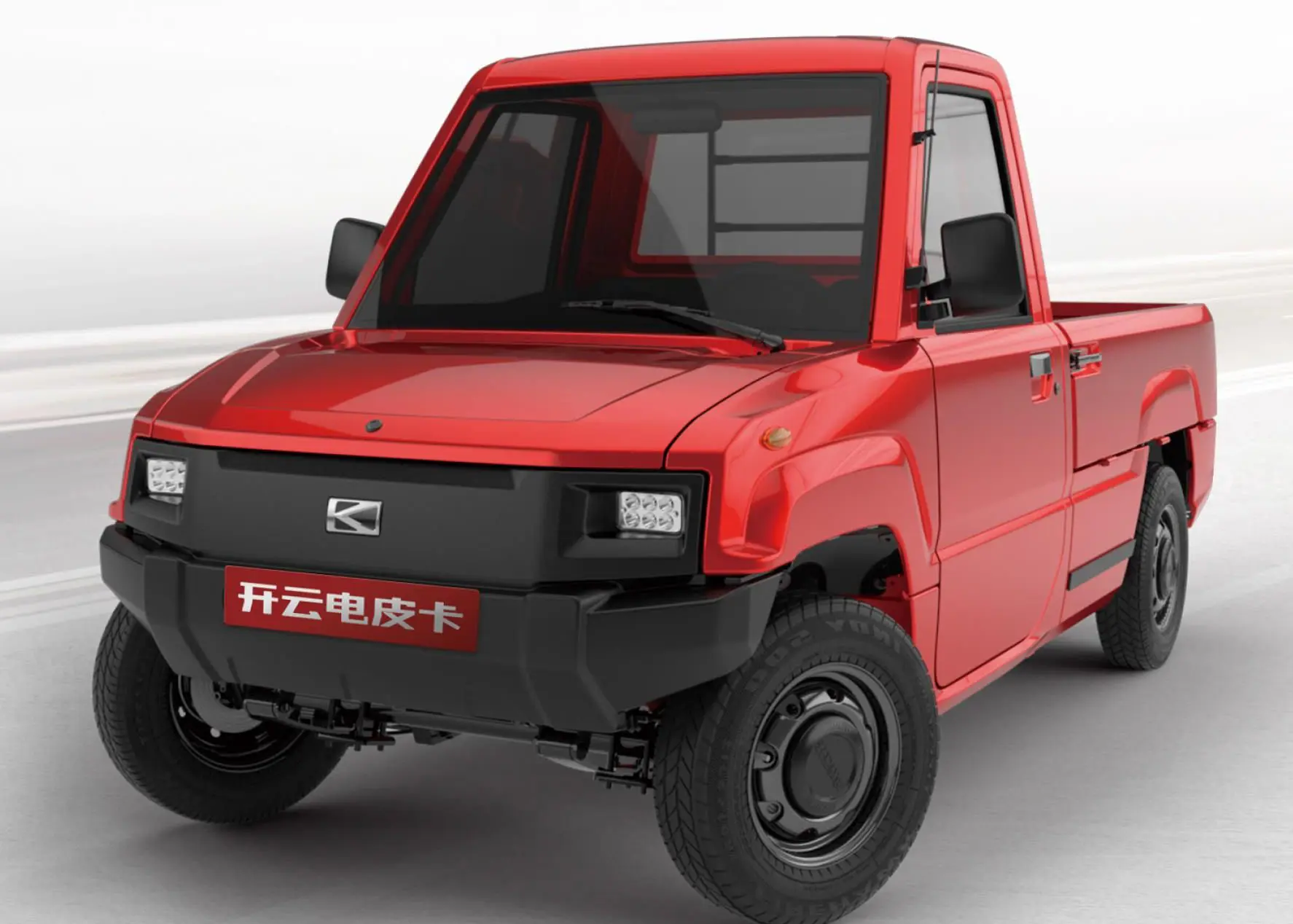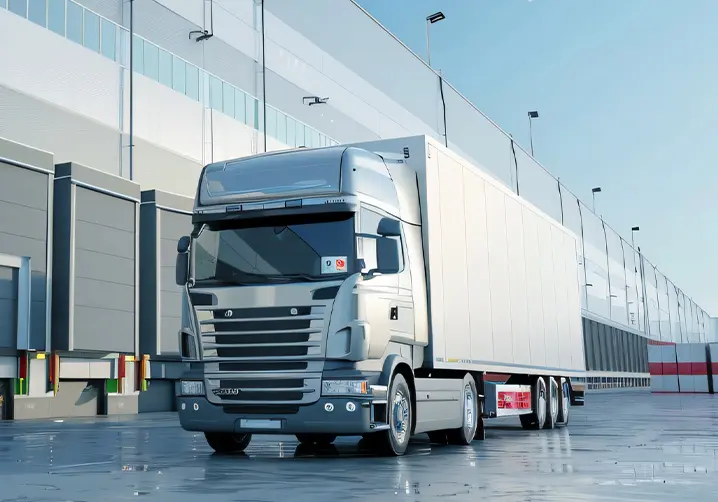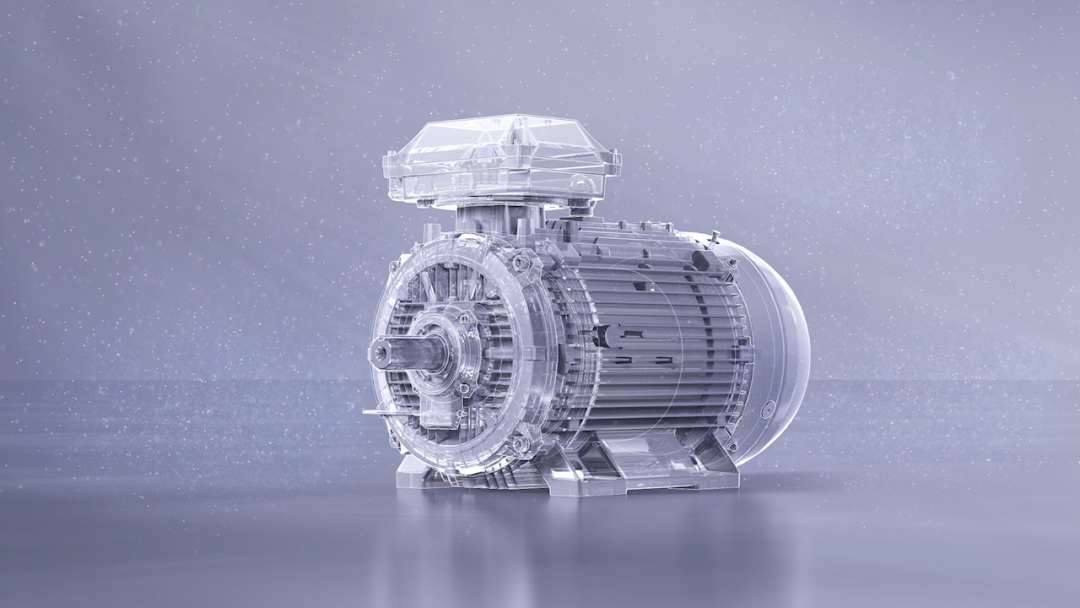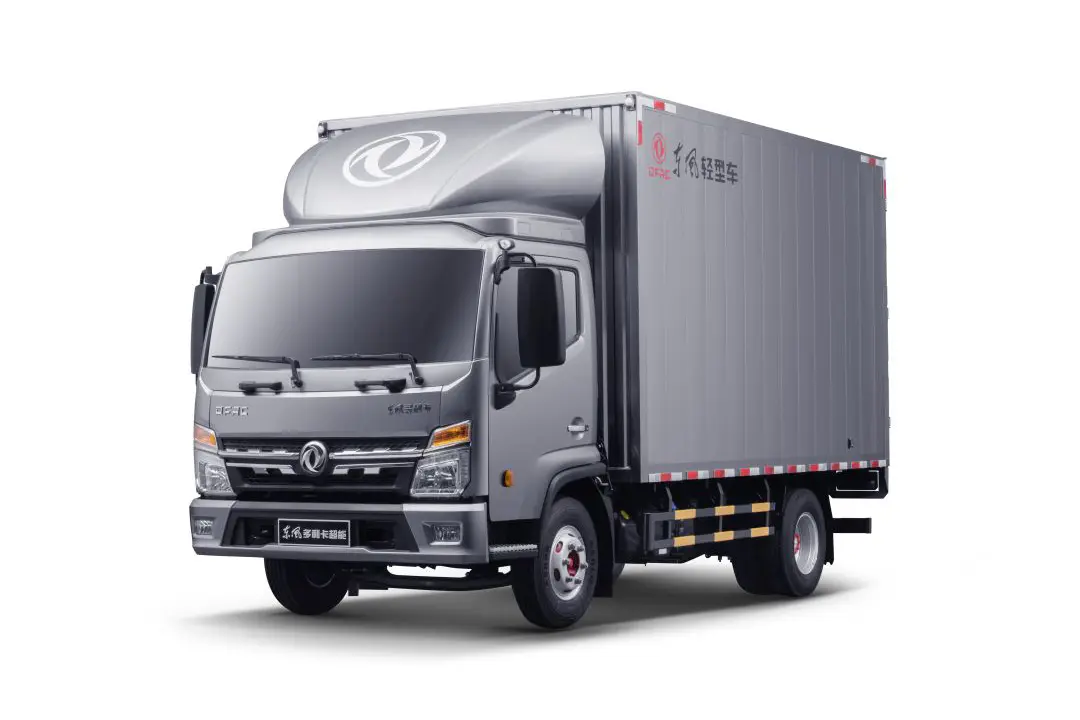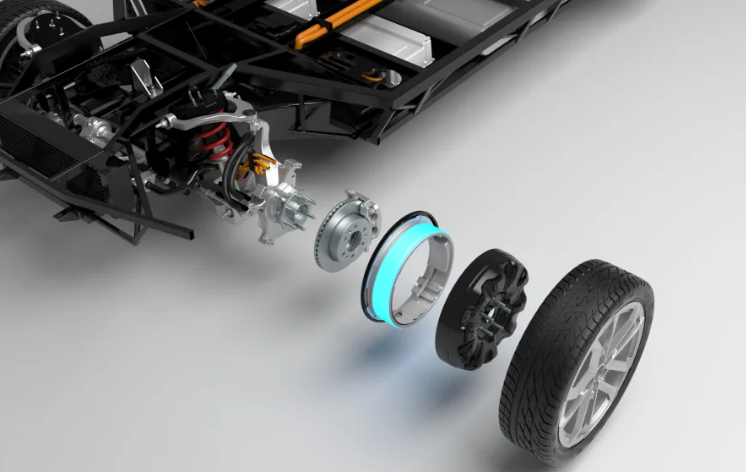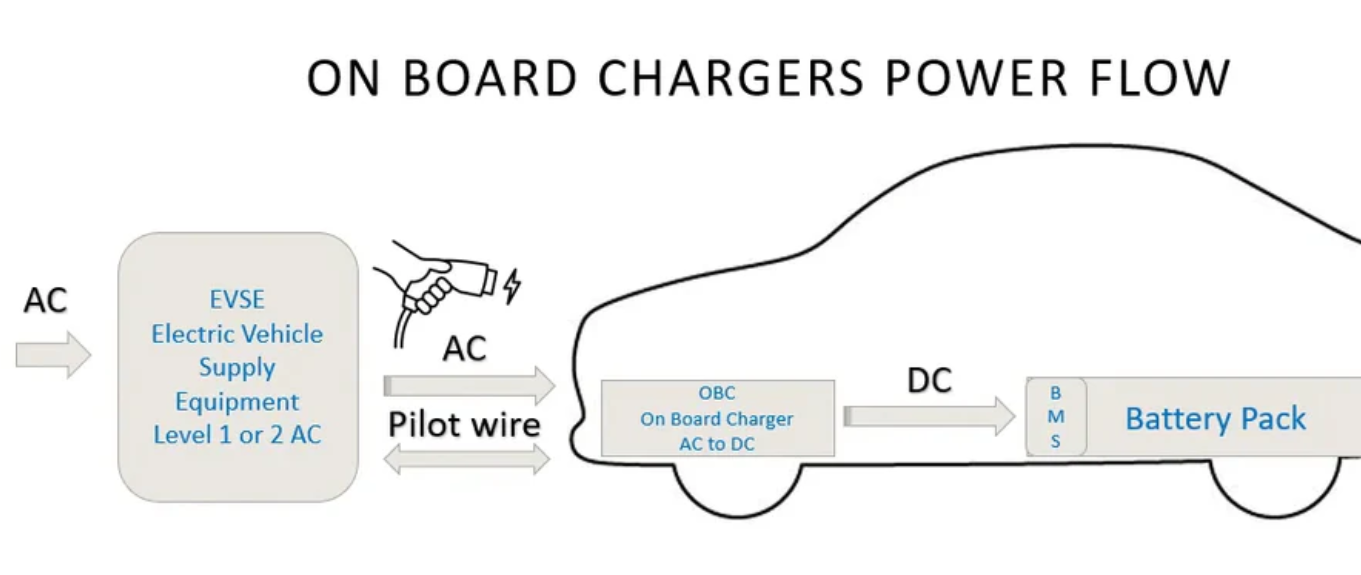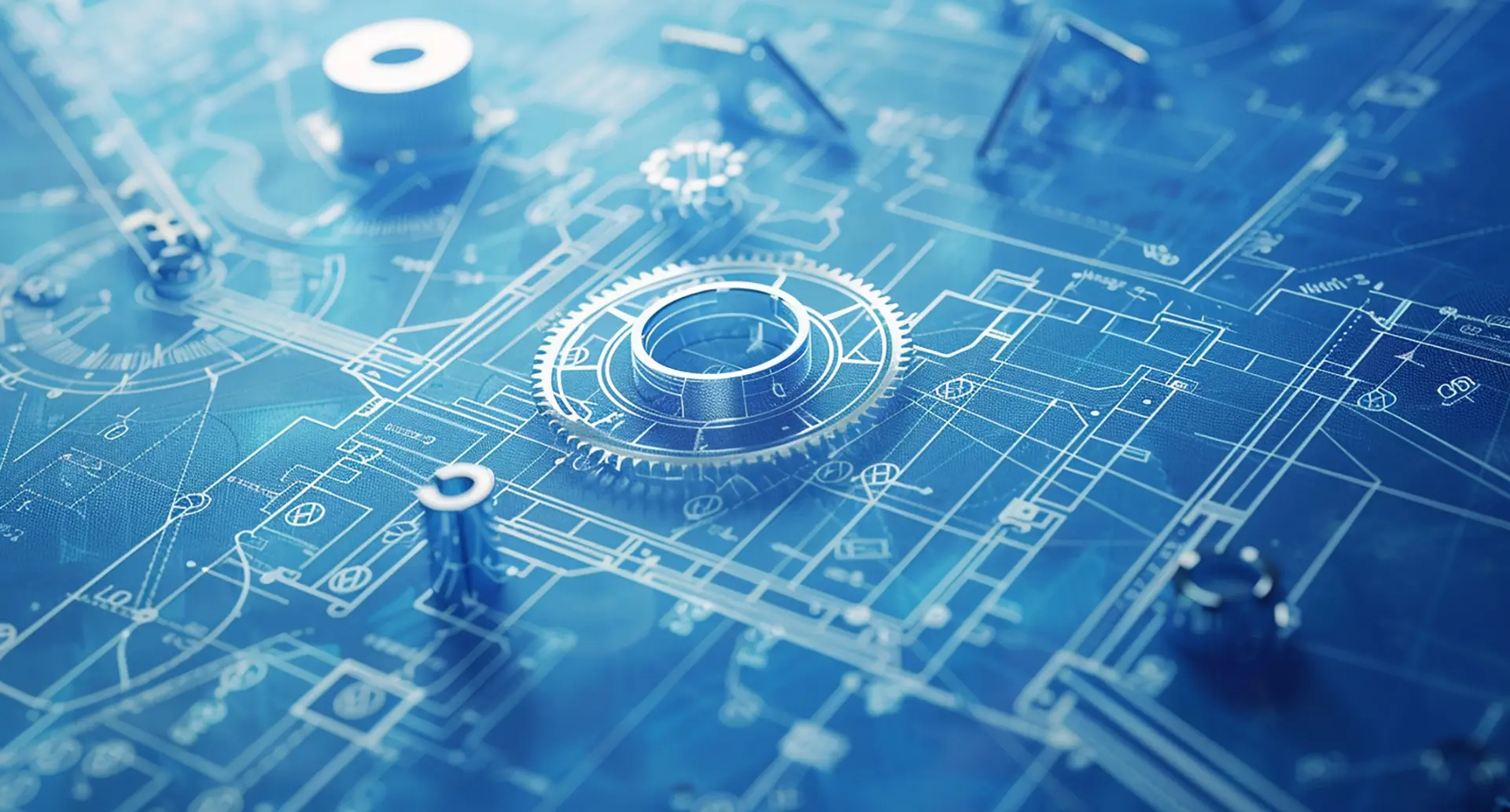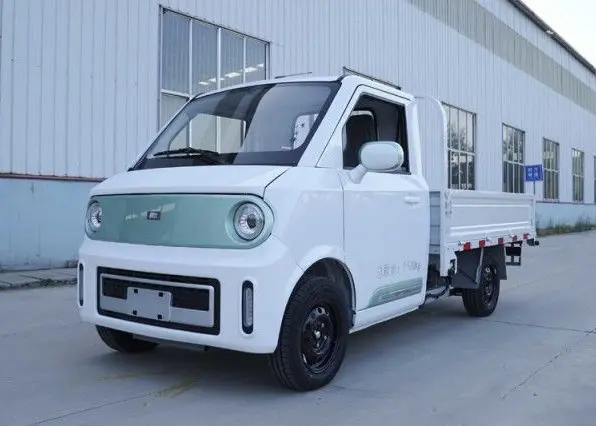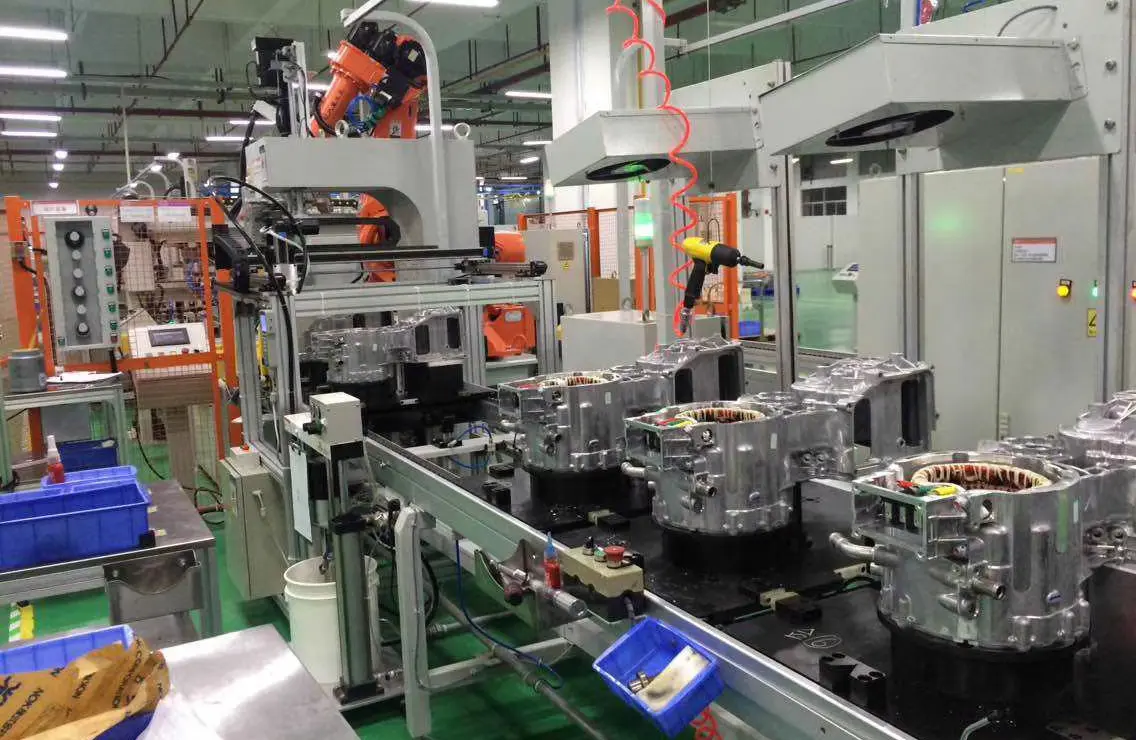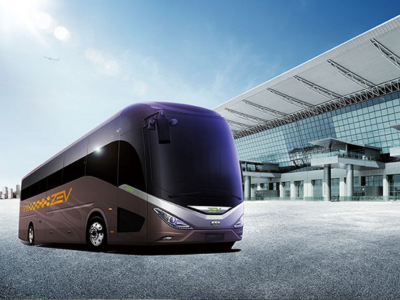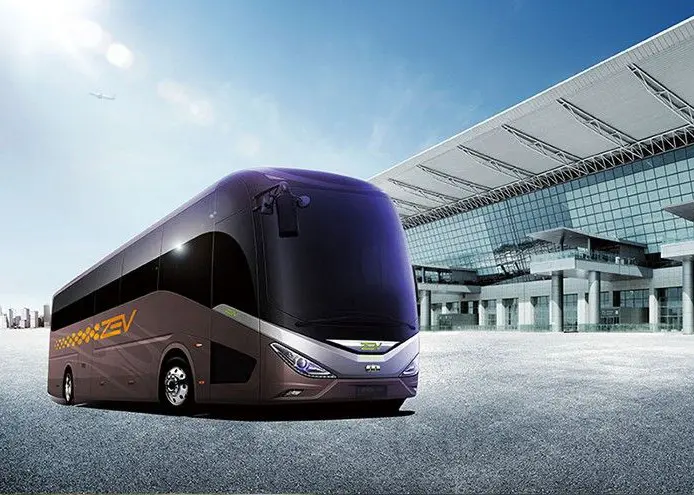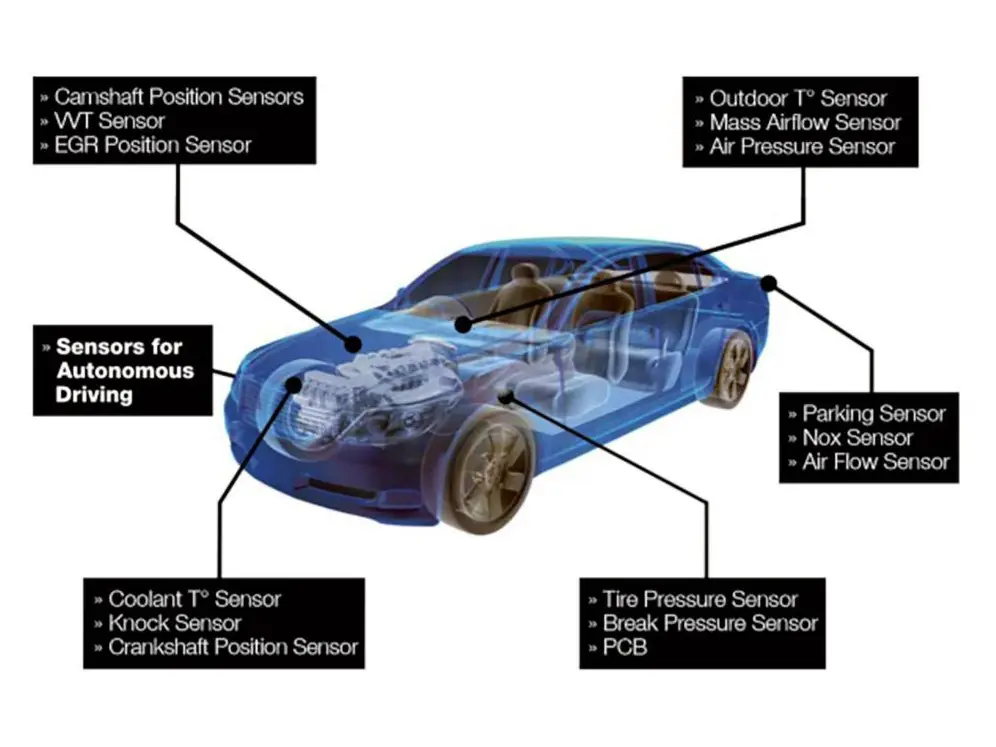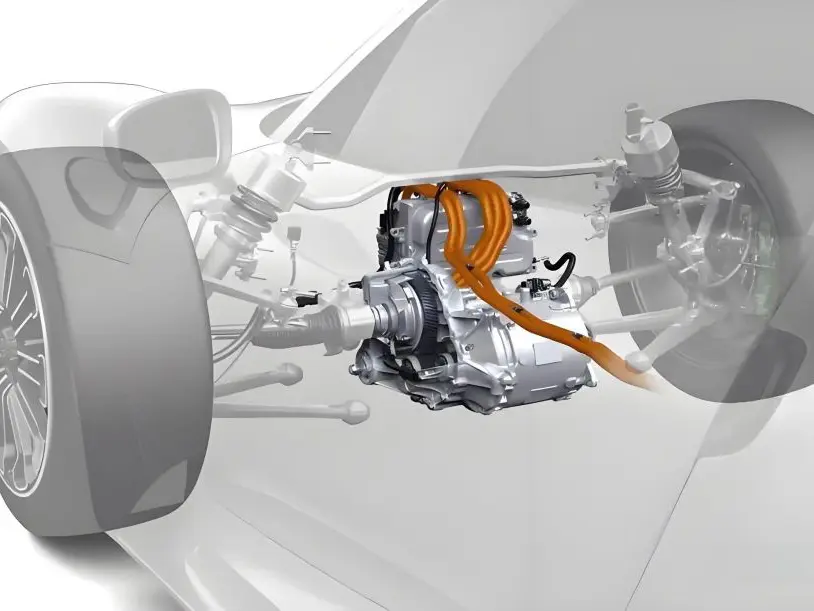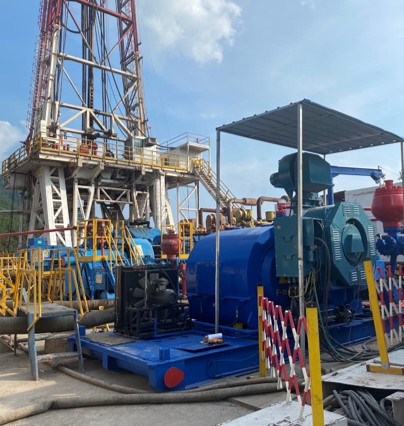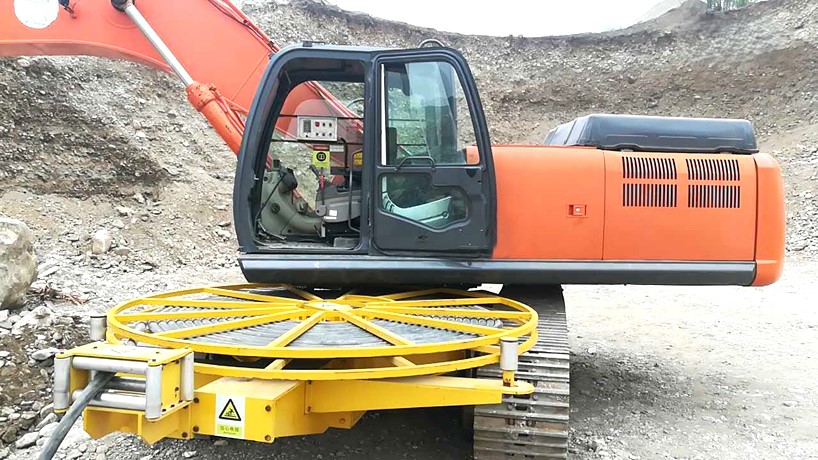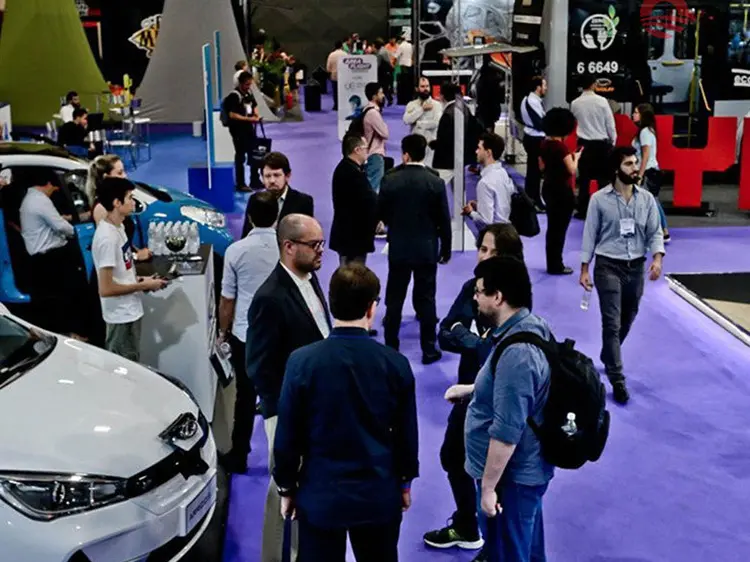Introduction to axle structure and development trend of electric drive axle
1. Definition and structure of axle
1.Overview of axles
The engine, gearbox and axle are the three major power core assemblies of the truck, although the axle is often mentioned like the engine and gearbox, but it plays a role in the process of vehicle operation, and plays a pivotal role in the driving power and stability of the vehicle. As one of the four major assemblies of heavy trucks (cab, engine, transmission, axle), the industry and technical development level of heavy truck axles are related to the development of heavy truck industry to a certain extent.
2.The basic functions of the axle
The function of the axle is to transmit the force and torque in all directions between the frame (or load-bearing body) and the wheels, which has an important impact on the dynamics, stability, bearing capacity and other properties of the car.
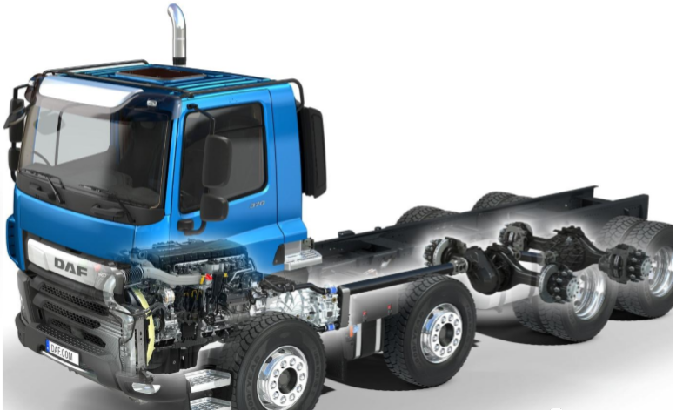
1) The engine torque transmitted by the universal transmission device is transmitted to the driving wheel through the final reducer, differential, half shaft, etc., so as to reduce the speed and increase the torque;
2) Change the transmission direction of torque through the bevel gear pair of the final reducer;
3) The differential effect of the wheels on both sides is realized through the differential to ensure that the inner and outer wheels are steered at different speeds;
4) Through the transmission of the final reducer gear, the speed is reduced and the torque is increased;
5) Through the axle housing and wheels, the bearing and force transmission functions are realized.
3.The nomenclature of the axle
According to the industry rules, the diameter of the passive bevel gear pitch circle on the differential is generally used as the name of the drive axle, 435, 457, 460, 485, 300 and so on, these numbers refer to the diameter of the passive bevel gear (also often called the basin tooth) on the differential, the unit is millimeters.
There is also a common such as 140, 153 bridge, etc., which refers to the diameter of the passive bevel gear, 153 is actually a model of Dongfeng, and the bridge installed on it is used to being called 153 bridge, and it is called 435 bridge according to the diameter of the gear on the liberation car.
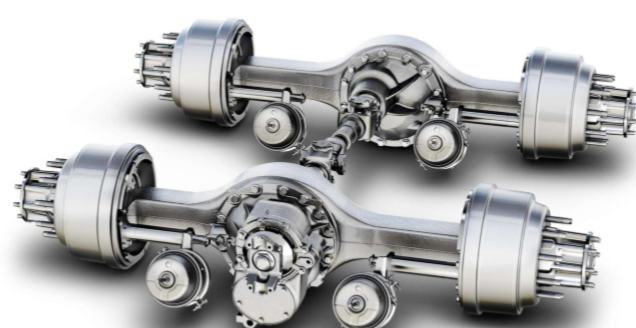
4.Classification of axles
1) According to the different axle housing structure, the axle is divided into integral and disconnected two:
◆ integral axle: an integral rigid hollow beam composed of parts such as half axle casing, middle section and axle tube at both ends, and the final reducer, differential and half shaft and other parts are installed in the hollow beam, and this kind of axle is called integral axle.
The entire transaxle resembles a giant barbell that supports the body by a suspension system. The wheels and half-axles on both sides cannot move relative to each other in the transverse plane, so monolithic axles are often mated to non-independent suspensions. Due to different manufacturing methods, integral axle housings can be divided into integral casting type, middle section casting pressed into steel pipe type and steel plate stamping and welding. Due to its good strength and stiffness performance, large load-bearing, simple structure and reliable operation, the integral axle housing is mainly widely used in trucks and other models, and most off-road models are also used.
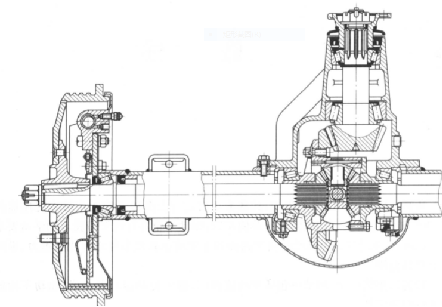
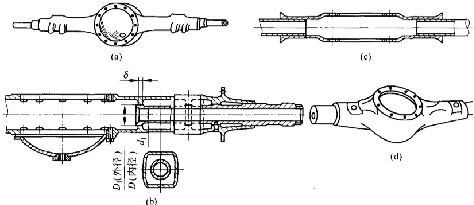
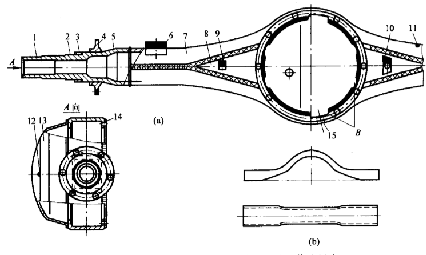
◆ Disconnected axle: The disconnecting drive axle does not have a rigid integral shell or beam connecting the left and right drive wheels, and its axle housing is segmented, and can do relative motion with each other, and often adopts independent suspension. The drive wheels on both sides are connected to the frame by elastic suspension, and the two wheels can move independently of each other relative to the frame. The final reducer is usually suspended on the frame (or body), and the transmission shaft is hinged through the universal joint, and the transmission shaft is hinged with the driving wheel through the universal joint, and this drive axle is called the disconnecting drive axle.
Due to the low unsprung mass of the disconnected axle, and generally cooperate with the complex independent suspension, it has good adaptability to the terrain, so it is more common in the car with high requirements for vehicle driving smoothness, and the military truck will generally be used in the off-road requirements, and it is not common in civilian trucks.
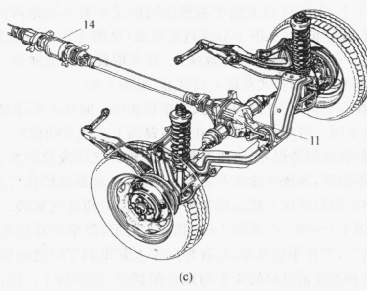
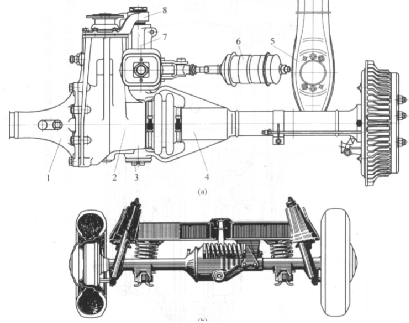
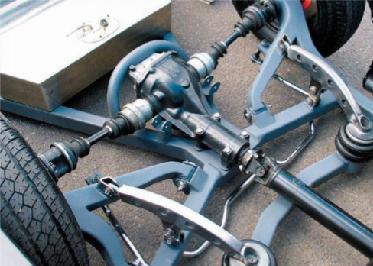
2) According to the different functions of the axle, the axle is divided into two categories: driven axle and drive axle:
◆ Driven axle: that is, the non-driven axle, also known as the axle, is connected to the frame or load-bearing body through the suspension, and the driven wheels are installed on both sides to transmit various forces and moments between the frame or the body and the wheels.
Steering axle: the wheels can be steered, the general car is mostly the front axle for the steering axle, the structure of the steering axle is basically the same, mainly composed of the front beam, steering knuckle, kingpin and wheel hub.
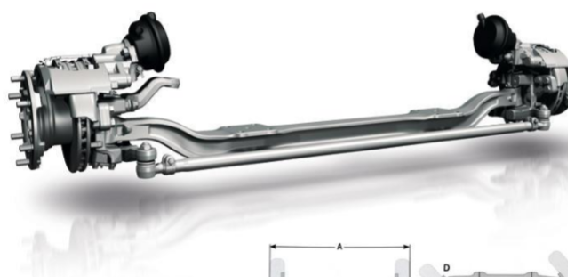
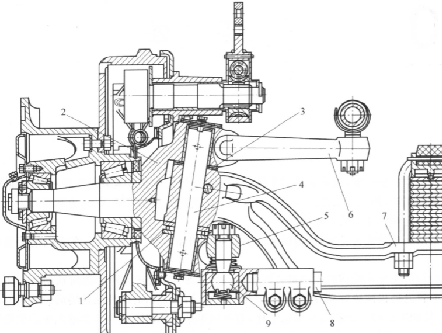
Support bridge: Similar to the steering axle structure, it does not have a steering function and only plays a bearing role. The middle or rear axle of some single-axle driven three-axle cars (6×2 cars) is a support bridge, and the axle on the trailer is a support bridge.
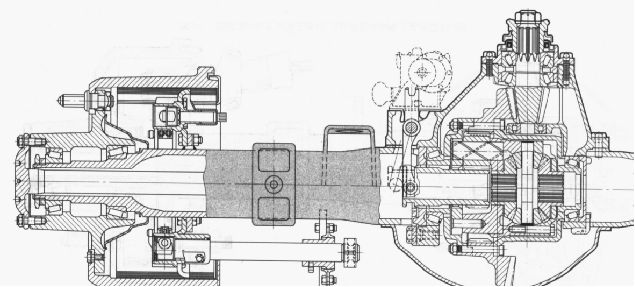
◆ Drive axle: transmit power and distribute torque to both ends of the wheel, and at the same time be able to bear various forces and moments between the frame or the body and the road surface. In general models, the drive axle consists of a final reducer, a differential, a transmission device, and an axle housing.
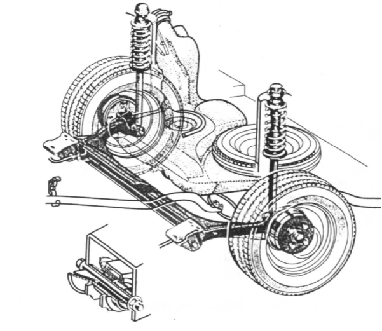
Steering drive axle: The drive axle with steering function is more common in cars, and trucks are generally used in all-wheel drive models.
Compared with the steering axle, the front beam is replaced by a hollow axle housing, and components such as the final reducer, drive shaft and universal joint are added to transmit power.
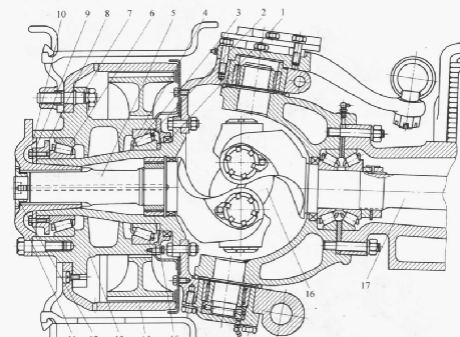

5.Axle development direction
As the core assembly of the vehicle, the importance of the axle has received more and more attention, and the rapid development of science and technology will also lead the axle to develop in the following directions:
(1) Modularization: In the axle structure design, it should be developed in the direction of "parts standardization, component generalization, and product serialization", and several typical parts, different schemes and production should be used to match different models.
(2) Lightweight: With the introduction of weight charging and fuel tax policies, lightweight has become a major trend in the development of trucks. The axle should also be optimized by using more new materials and structural design, such as disc brakes, stamped and welded axle housings, etc., while providing sufficient strength and rigidity.
(3) Low noise: With the provision of input speed and vehicle speed, NVH has become a key indicator of the axle. Measures such as improving the machining accuracy and assembly accuracy of parts and enhancing stiffness to reduce the noise of axle operation.
(4) High efficiency: under the condition of meeting the strength and life, hard tooth surface gears, ball bearings, etc., are used to reduce the friction loss of gears and bearings; Low-viscosity lubricating oil, fixed-point lubrication and other measures are adopted to reduce the loss of oil stirring and improve the efficiency of power transmission. 5) Wide application of electronic system auxiliary braking technology: The ABS system that has been widely used in domestic buses will be gradually promoted to the truck industry, and passenger car technologies such as ESP and EBD will also be gradually applied.
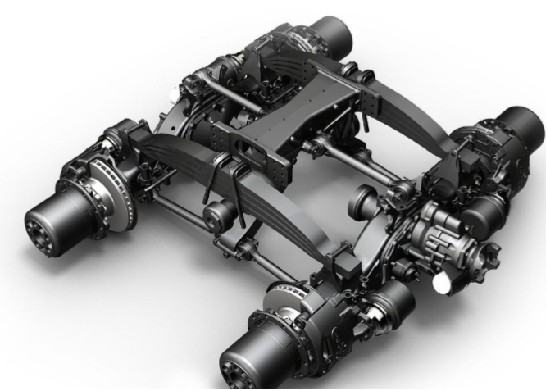
2. Introduction to the structure of the electric drive axle
Overview of electric drive axle: With the requirements of various countries for environmental protection, energy conservation and emission reduction, and the strategic adjustment of the country's energy structure, the world's energy consumption structure tends to be clean, low-carbon and diversified, which promotes the electrification trend of the automotive industry. In addition, more and more countries are planning to ban the sale of fuel vehicles at the national level, encourage the development of new energy vehicles, and accelerate the development of industries such as electric drive axles.
The electric axle is a kind of drive axle, but the power unit is driven by the original internal combustion engine and adjusted to the motor drive, and most of the electric axles integrate the motor into the axle to achieve integration, high efficiency and other functions.
3. The development trend of electric drive axles
In recent years, with the increasing demand for carbon emissions in countries around the world, as well as the ban on the sale of fuel vehicles issued at the national level, especially the double credit policy issued by the state, the development of new energy vehicles has shifted from being driven by subsidies to policies and regulations, resulting in explosive growth of new energy vehicles, and also driving the growth of demand for electric drive axles.
At present, the technical route of electric axle assembly is in full bloom, but on the basis of the original axle requirements, the overall development is in the following aspects:
(1) High efficiency and power density: At present, the power density of on-board batteries is very low compared with gasoline, resulting in a relatively insufficient range of pure electric vehicles, so it is necessary to realize the high efficiency and power density of the electric drive system;
In terms of technology, the following measures are mainly taken:
- The controller adopts a high-voltage platform, IGBT chip double-sided soldering and system-in-package technology, as well as the rapidly developing all-silicon carbide chip technology, which significantly improves the power density of the controller.
- The motor is high-speed, after the speed of the drive motor is increased, the output torque, volume and weight of the motor can be significantly reduced under the same power, and its working current can be reduced, reducing the cost of the controller and high-voltage cables, and the domestic manufacturers have developed a 20000r/min high-speed motor. At the same time, flat wire and oil cooling technology are adopted to improve the efficiency of the motor;
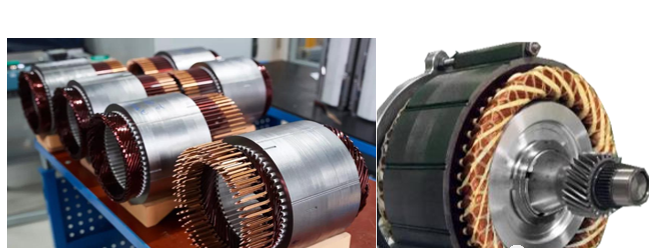
- Due to the increase of motor input speed, the reducer needs to use low-friction oil seals, ball bearings, etc., to reduce the power loss caused by friction;
- The transmission gear pair adopts fixed-point forced lubrication, dry oil pan design and other measures to ensure that the liquid level is reduced and the power loss caused by the oil stirring of the gear pair is reduced under the condition of lubrication.
- The reducer is multi-geared, increasing the number of gears and broadening the high-efficiency operation range of the motor.
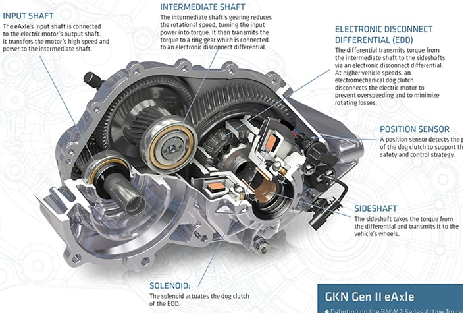

(2) High NVH performance: Compared with the low and medium frequency roaring noise emitted by the operation of fuel vehicles, and the engine covers it, the pure electric vehicle model is dominated by monotonous high-frequency howling due to electromagnetic force and high-speed gear meshing, and the human ear is very sensitive to high-frequency noise above 2000Hz. Therefore, the following measures are mainly taken to optimize the NVH of the electric drive system in terms of technology:
- The drive motor optimizes the design of the rotor slot to reduce the concentration of electromagnetic noise caused by electromagnetic force and torque ripple along the radial spatial distribution. Suppress the harmonics of the active current and reduce the 48th-order torque fluctuation caused by it;
- Optimize the MCU pulse width modulation (PWM) control strategy, increase the switching frequency, optimize the output waveform, and reduce torque fluctuation.
- The increase of input speed leads to the increase of the meshing frequency of the gear pair, and it is necessary to optimize the number of gear teeth, improve the stiffness of the system, and avoid coupling with the natural frequency of the system to avoid resonance.
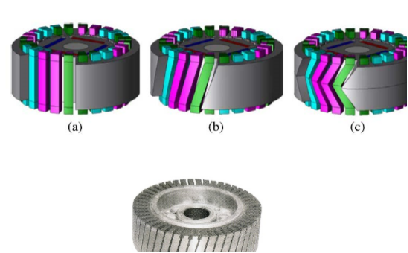
- In terms of macroscopic parameters, the application of gear pairs with small modulus and high coincidence can reduce its stiffness on the basis of ensuring the strength of the tooth root, and at the same time, the microscopic parameters can modify it, which can reduce the meshing error and reduce the gear whine caused by meshing excitation.
- Improve the matching accuracy of the transmission pair, on the basis of ensuring lubrication and thermal deformation, reduce the matching clearance of the entire transmission system, and can eliminate the knocking sound of the tooth surface;
- The suspension is used to support the powertrain (EPT) and play the role of reducing and controlling the total excitation transmission of vibration, under the premise of ensuring fatigue durability and reliability, appropriately optimize and reduce the stiffness of the main direction of the suspension to improve the vibration isolation performance, so as to achieve the purpose of reducing the noise in the vehicle;
- increase the acoustic package, but correspondingly increase the cost, affect the heat dissipation of the electric drive system;
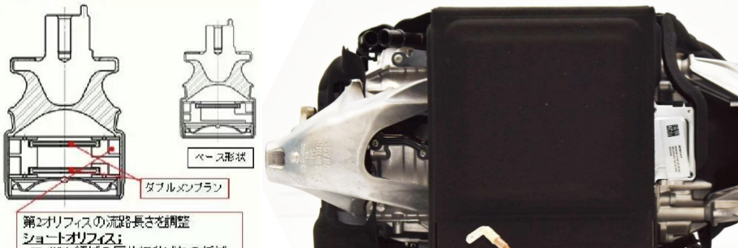
(3)Integrated
The three-in-one electric drive assembly integrating the drive motor, motor controller and reducer is the main technical goal of the current development in the field of electric drive axle, and the future development will be dominated by the deeply integrated all-in-one structure.
Conclusion
In general, the future development direction of electric drive axle is: to coordinate the contradiction between multi-gear and integration; Based on the application of new materials, the electric drive axle structure is designed to make it more compact and lightweight. Further integration of the electric motor and the electric drive axle; Considering the intelligence of the electric drive axle from the perspective of the whole vehicle, the vehicle data is interconnected to further improve the degree of intelligence; With the rapid development of artificial intelligence, machine learning methods such as deep learning and reinforcement learning are used to develop more intelligent shift strategies for different types and structures of electric vehicles.
Read More: The working principle and layout classification of the electric drive system of electric vehicles










